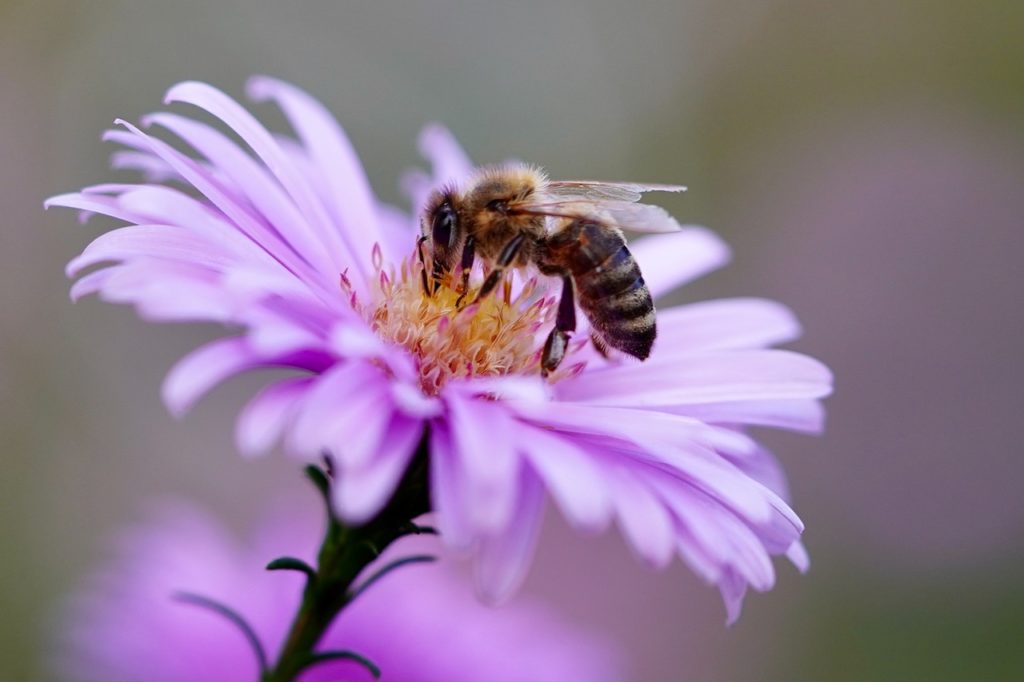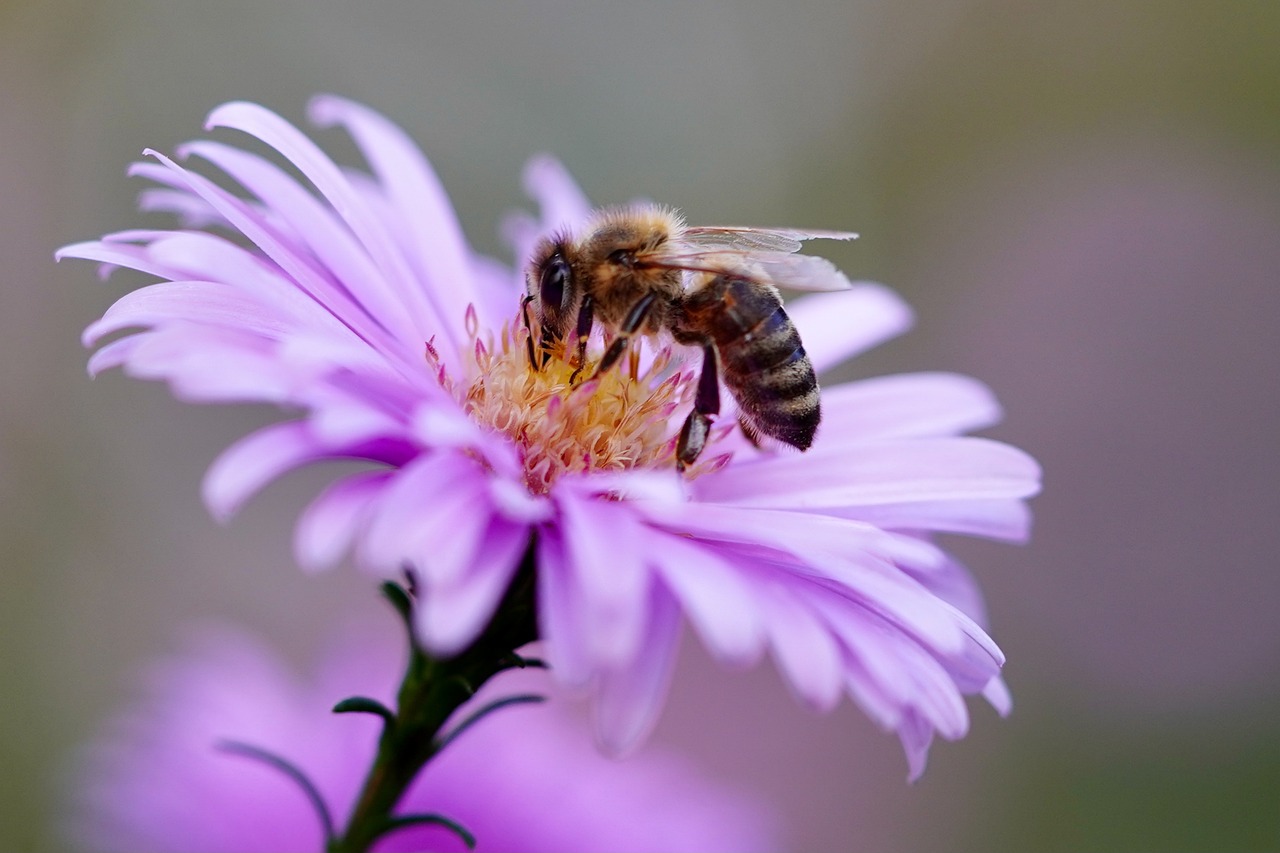The creation of Fast-Paced World was birthed from a desire to allow listeners to engage with interesting sonic environments that would be dangerous and hazardous to experience in real life. As this became the launch point for a multi-movement work (Through the Sonic Glass), I started to brainstorm (with the help of my brother and my girlfriend) other potential dangerous but interesting sonic environments to explore.
I’m not ready to talk about what I’ve landed on for parts 3 and 4, but I do want to talk about the initial idea that I landed on for part 2 – bee swarms. Bee sounds, particularly in swarms, have a lot of personality to them and can be translated in a myriad different ways into a sonic art. I found a dozen or so public domain sounds of bees that I really liked and started listening to them over and over again trying to determine how I could shape the aural narrative of the work.
I was struggling to pick a direction that I really liked, so I decided to do some basic research on bees for inspiration. I knew most of the basics and some fringe knowledge about things like colony collapse disorder and that the population of bees are declining, but it wasn’t until I dug into it more that my eyes were opened to the true facts and myths about bees. Once I dug deep enough, I realized that I had no choice but to scrap the bee swarm idea from Through the Sonic Glass completely.

The reason? Including bee sounds in a work whose central thesis is dangerous/hostile environments spreads misinformation and perpetuates a myth that damages our global ecosystem. Not only are most bees not a threat to humanity (with the exception of Africanized honey bees), they are essential for pollenating the world’s crops and unnecessary eradication of them due to apiphobia (fear of bees) has potentially irreversible consequences on our food supply.
I wrestled to find ways to justify its inclusion because the sonic environment is so fascinating. I tried to argue with myself that since Fast-Paced World was taking a dangerous sonic environment and recontextualizing it into something more peaceful and serene, I could weave a similar narrative with bees and make it more educational and promotional. The problem is that without what would be an extremely long essay of a program note, its inclusion could easily be misinterpreted, especially with surrounding movements whose premise starts with Actual Dangerous environments rather than perceived ones.
On the one hand, it saddens me because I started to get really immersed in that sonic world, but on the other hand, I consider this as a tabling rather than a trashing. It doesn’t belong in Sonic Glass, but it could belong in a different work, one that could not only avoid spreading a false narrative but perhaps make an active effort to abolish it and dispel the myth. We’ll see what happens in the future, but for now? Back to the drawing board.

